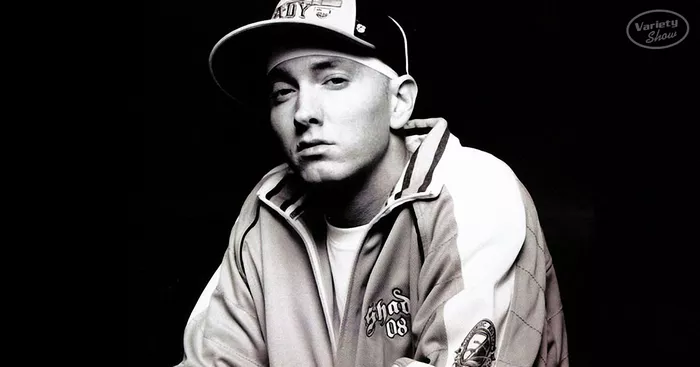Rap Music: two simple words that have come to symbolize an entire cultural movement, genre, and art form. From its humble beginnings in the streets of New York City to its global dominance today, rap music has evolved, expanded, and matured. In this article, we will delve deep into the annals of musical history to answer a fundamental question: How old is rap music? We’ll take a chronological journey through the decades, exploring the key milestones and figures that have shaped rap music into what it is today.
The Birth of Rap Music (1970s)
Rap music emerged as a powerful cultural force in the 1970s, although its roots can be traced back even further. It was born in the Bronx, New York City, against a backdrop of economic hardship, social unrest, and a vibrant party scene. DJs like Kool Herc and Grandmaster Flash played a pivotal role in the early development of rap music. They used turntables and mixers to create innovative soundscapes that formed the foundation of rap.
The term rap music itself refers to the practice of rhythmically reciting lyrics over a beat. These lyrics often conveyed personal stories, social commentary, or clever wordplay. The pioneers of rap music were primarily DJs and MCs (Master of Ceremonies) who hosted parties and events, hyping up the crowd with their verbal skills. These early rappers laid the groundwork for what would become a global phenomenon.
The Explosion of Hip-Hop Culture (1980s)
The 1980s witnessed the rapid growth of rap music and its integration into a broader cultural movement known as hip-hop. This period saw the emergence of iconic artists like Run-D.M.C., LL Cool J, and Public Enemy. These artists brought rap music into the mainstream, drawing attention to the genre’s potential for social and political commentary.
Rap music also found a home in the recording industry during this decade. The release of the Sugarhill Gang’s “Rapper’s Delight” in 1979 marked a pivotal moment, as it became one of the first commercially successful rap music songs. The 1980s saw the birth of hip-hop record labels, such as Def Jam Recordings, that signed and promoted rap music artists.
As rap music gained prominence, it began to reflect the realities of life in urban America. Lyrics explored topics like poverty, violence, and racial inequality, giving voice to marginalized communities. Rap was no longer just a form of entertainment; it had become a platform for social expression and activism.
The Golden Age of Rap (1990s)
The 1990s are often referred to as the Golden Age of Rap Music. During this decade, rap music reached new heights of creativity and commercial success. Artists like Tupac Shakur, The Notorious B.I.G., and Nas became iconic figures in the genre, producing albums that are still celebrated today.
One of the defining features of rap music in the 1990s was its diversity. The East Coast-West Coast rivalry between artists from New York and Los Angeles generated significant media attention. This rivalry culminated tragically in the murders of Tupac Shakur and The Notorious B.I.G., events that shook the rap music community and had a lasting impact on the genre.
The 1990s also saw the emergence of subgenres within rap music, such as gangsta rap, conscious rap, and alternative rap. Artists used these subgenres to explore different themes and styles, showcasing the versatility of rap music as an art form.
The New Millennium and Globalization (2000s-2010s)
Rap music continued to evolve in the 21st century, adapting to changing musical trends and technologies. The 2000s saw the rise of artists like Eminem, who became the best-selling rapper of all time, breaking down racial and cultural barriers within the genre.
One of the most significant developments in rap music during this period was the advent of the internet and digital streaming platforms. These technologies democratized the music industry, allowing independent artists to reach global audiences without the need for traditional record labels. Rap music thrived in this new landscape, with viral hits and SoundCloud rappers becoming household names.
Globalization played a crucial role in spreading rap music around the world. Artists from diverse backgrounds and countries began incorporating elements of rap music into their own musical traditions. This fusion gave rise to a global rap music community, with artists like Drake and BTS achieving international stardom.
Rap Music Today: A Reflection on Its Age and Influence
In the span of just a few decades, rap music has transformed from a local phenomenon in the Bronx to a global cultural force. Its influence extends far beyond music, touching fashion, language, and even politics. But how old is rap music really?
If we trace its roots to the early 1970s, rap music is now over five decades old. However, its impact and relevance have never been stronger. Rap music continues to evolve, adapt, and push boundaries, challenging societal norms and amplifying the voices of those who have been marginalized.
Conclusion
In conclusion, rap music has a rich and storied history that spans generations. It has weathered controversies, celebrated triumphs, and evolved with the times. Yet, its essence remains unchanged: a potent form of artistic expression that captures the spirit of its creators and reflects the world around them. As we look back on its journey, we can confidently say that rap music is not merely a genre; it is a cultural institution that will continue to shape our world for generations to come.

